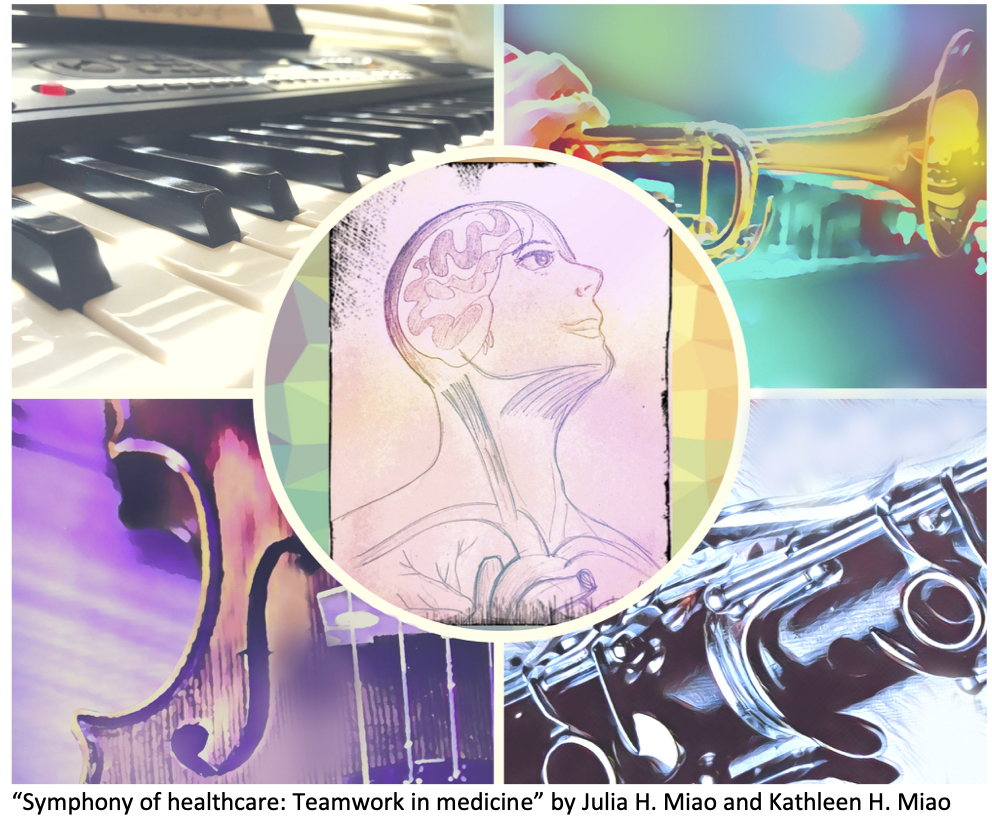Medical Assistance in Dying in health sciences curricula: A qualitative exploratory study
DOI:
https://doi.org/10.36834/cmej.69325Abstract
Background: This paper offers insight into (1) the driving and restraining forces impacting the inclusion of medical assistance in dying (MAID) in health sciences curricula, (2) the required resources for teaching MAID, and (3) the current placement of MAID in health sciences curricula in relation to end-of-life care concepts.
Method: We conducted a qualitative exploratory study in a Canadian province using Interpretive Description, Force Field Analysis, and Change as Three Steps. We interviewed ten key informants (KI), representing the provincial health sciences programs of medicine, nursing, pharmacy, and social work. KIs held various roles, including curriculum coordinator, associate dean, or lecturing faculty. Data were analyzed via the comparative method using NVivo12.
Results: Curriculum delivery structures, resources, faculty comfort and practice context, and uncertainty of the student scope of practice influenced MAID inclusion. Medical and pharmacy students were consistently exposed to MAID, whereas MAID inclusion in nursing and social work was determined by faculty in consideration with the pre-existing course objectives. The theoretical and legal aspects of MAID were more consistently taught than clinical care when faculty did not have a current practice context. Care pathways, accreditation standards, practice experts, peer-reviewed evidence, and local statistics were identified as the required resources to support student learning. MAID was delivered in conjunction with palliative care and ethics, legalities, and professional regulation courses.
Conclusion: The addition of MAID in health sciences curricula is crucial to support students in this new practice context. Identifying the drivers and restrainers influencing the inclusion of MAID in health sciences curricula is critical to support the comprehensiveness of end-of-life education for all students.
Downloads
Downloads
Published
How to Cite
Issue
Section
License
Submission of an original manuscript to the Canadian Medical Education Journal will be taken to mean that it represents original work not previously published, that it is not being considered elsewhere for publication. If accepted for publication, it will be published online and it will not be published elsewhere in the same form, for commercial purposes, in any language, without the consent of the publisher.
Authors who publish in the Canadian Medical Education Journal agree to release their articles under the Creative Commons Attribution-Noncommercial-No Derivative Works 4.0 Canada Licence. This licence allows anyone to copy and distribute the article for non-commercial purposes provided that appropriate attribution is given. For details of the rights an author grants users of their work, please see the licence summary and the full licence.











